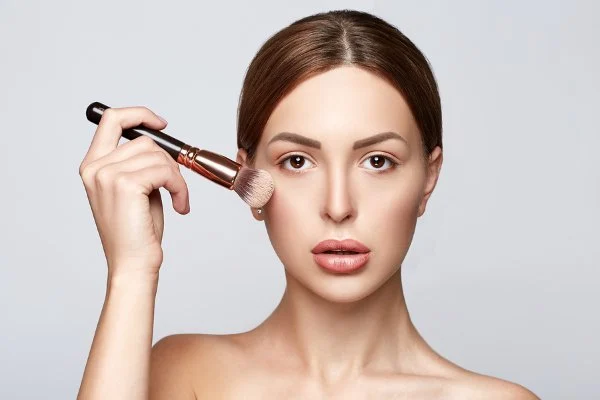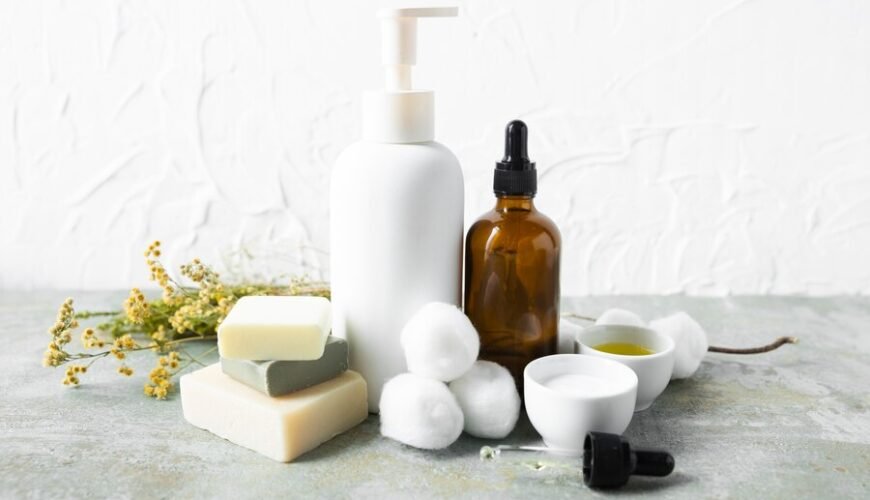Contouring, the technique that enhances and transforms facial features through strategic shading and highlighting, has been a staple in the makeup world for decades. However, with the constant evolution of makeup products and techniques, contouring has also undergone its own renaissance. In this article, we will delve into the newest trends in contouring, from using unconventional products to new application methods. This modern approach to contouring ensures that individuals can achieve a flawless, sculpted look without overloading their faces with heavy makeup or compromising on natural-looking results. So whether you’re a seasoned pro or an eager beginner curious about this age-old technique’s latest innovations – stay tuned!
Redefining Contour: Trends and Innovations
Contouring is an age-old makeup technique that has undergone a major transformation. With the advent of new makeup products and techniques, contouring has become more effortless than ever before. In recent years, makeup enthusiasts have begun to redefine contour trends with the innovative use of unconventional products like cream blushes and eye shadows.
The newest trend in contouring is centred around natural-looking skin that enhances facial features instead of being too dramatic or overdone. The modern approach to contouring involves creating highlights and shadows that mimic the natural structure of our faces. New techniques such as ‘draping’ (using blush along the temples, cheekbones, and jawline) are gaining popularity amongst beauty experts while creating a youthful glow on the skin.
In conclusion, there’s been quite a significant shift in how people define contours now compared to some time ago; when it comes down to this concept today- less can sometimes be more effective! This modern approach ensures everyone gets their required defined look subtlety without overly complicating matters through multitasking products during application. The future definitely looks bright for redefining contours through innovations: one thing is pretty true — good results never go out of style!

The How-To of Contour: Essential Steps and Techniques
The first essential step in achieving a flawless contour is selecting the right shade of the product. For precise shading, it’s recommended to use a cream or powder that’s one to two shades darker than your natural skin tone. However, if you’re just starting out with contouring, it may be best to choose a cooler toned bronzer—one that has more grey undertones—to avoid looking too orange or muddy.
Once you have the right product, the next step is deciding where to apply your contours and highlights. The most common places for contouring are under the cheekbones, along the jawline and temples, and on the sides of the nose. However, remember that everyone’s face shape is unique, so what works for one person may not work for another; experiment with different areas on your face to see what works best.
When applying products, there are multiple methods: some prefer brushes, while others find sponges more effective. Some even opt for using their fingers! Ultimately, whichever application method suits you best will allow you to achieve chisel features effortlessly.
Contouring for Different Skin Tones: A Comprehensive Guide
Contouring has become popular for enhancing facial features and achieving the perfect sculpted look. However, it is essential to keep in mind that contour shades can vary significantly depending on the individual’s skin tone. A comprehensive guide to Contouring must take into account different skin tones and how they interact with various products.
When it comes to fair or light skin tones, cool-toned powders work best for contouring purposes as they add definition without overpowering the natural complexion. On the other hand, individuals with olive or medium skin tones should opt for warm-toned shades that will give them a sun-kissed appearance. For deeper complexions, using rich brown colours that are free of any orange undertones helps achieve natural-looking contours.
To make Contour Renaissance approachable and easy to follow for all skill levels, this article provides simple tips and tricks on which products would work best when trying out different looks while keeping each specific complexion in mind. By following these guidelines, anyone can master the art of contouring irrespective of their pigmentation while gracefully choosing an ideal shade that compliments their natural beauty.




